Thawing Frozen Pipes: A Comprehensive Guide to Preventing Pipe Disaster
Frozen pipes can be a homeowner’s worst nightmare, especially in colder regions. When water inside your plumbing system freezes, it can lead to burst pipes, costly repairs, and water damage. In this article, we’ll explore the best plumber ways for Thawing Frozen Pipes and preventing potential pipe disasters.
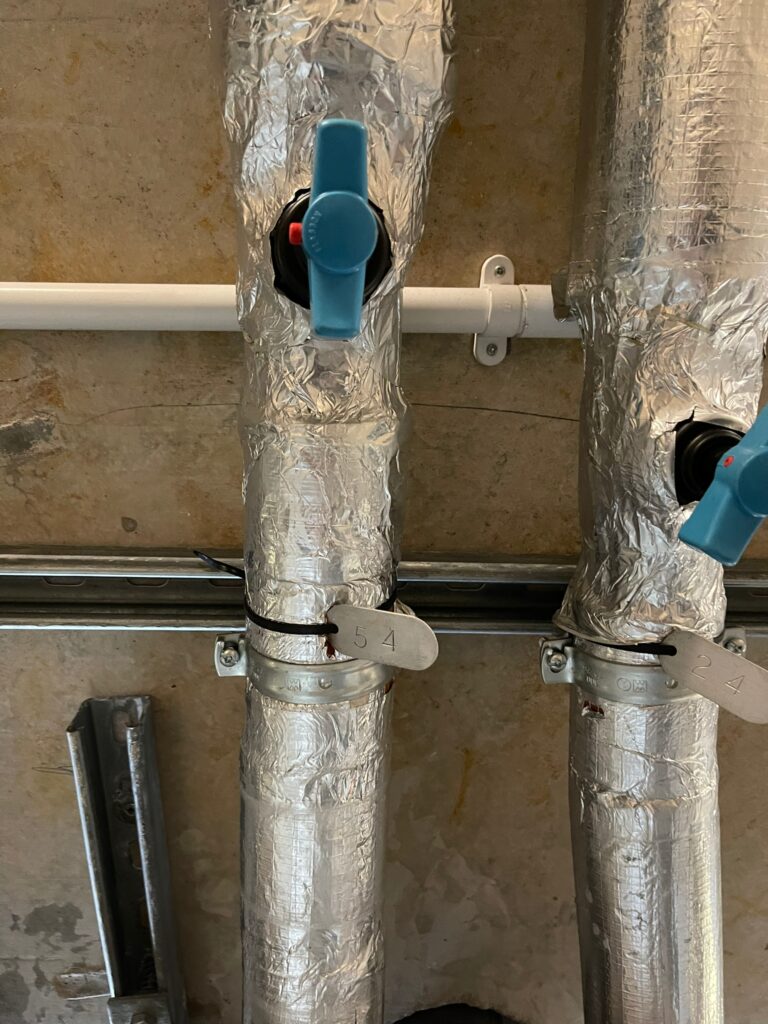
Winter can be a challenging season, especially when it brings the unwelcome surprise of frozen pipes. Thawing frozen pipes safely is crucial to avoid costly damages and potential hazards. Improper thawing can lead to pipe bursts, water damage, and even fire risks. In this article, we’ll explore the safest methods to thaw frozen pipes and prevent them from freezing in the future.
Understanding the Thawing Frozen Pipe Problem
The Science Behind Thawing Frozen Pipes
Before Bristol plumbers delve into thawing techniques, it’s essential to understand why pipes freeze. When the temperature drops, the water inside your pipes can freeze, causing them to expand. This expansion puts immense pressure on the pipe walls, often leading to cracks or bursts.
Pipes freeze when the temperature drops below freezing point, causing the water inside to solidify. This usually happens in unheated areas of the home, like basements, attics, and garages. As the water freezes, it expands, creating pressure within the pipes which can lead to cracks or bursts.
Identifying Frozen Pipes for Thawing
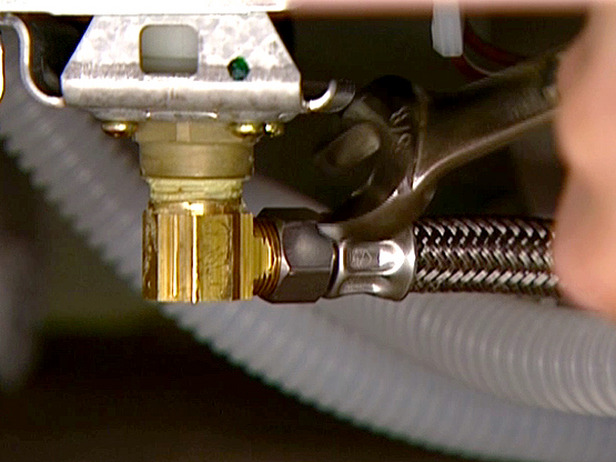
The first step in dealing with frozen pipes is identifying the affected areas. Common signs include reduced water flow or no water at all from taps, unusual frost or condensation on pipes, and strange noises, like clanking or hissing.
Several factors contribute to pipes freezing, including inadequate insulation, sudden temperature drops, and prolonged exposure to cold weather. Additionally, pipes located in exterior walls or areas without proper heating are more susceptible.
Signs of frozen pipes include little to no water flow when you turn on a tap, visible frost on the pipes, and unusual smells coming from the drains. If you suspect a pipe is frozen, it’s crucial to act quickly to prevent it from bursting.
Preparation Before Thawing
Shutting Off the Water Supply
Before you start thawing, locate and shut off the main water supply valve. This step is essential to minimise the risk of water damage if the pipe does burst during the thawing process.
Gathering Necessary Tools and Materials
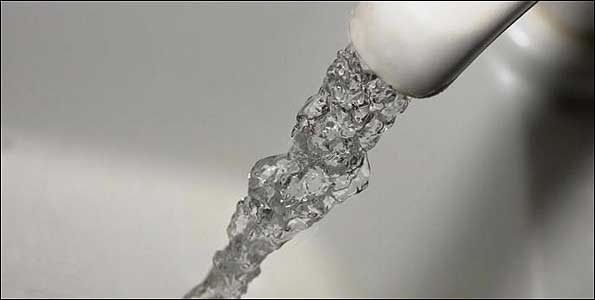
Ensure you have the right tools and materials on hand, such as a hairdryer, heat tape, portable space heater, warm towels, heating pads, and a bucket to catch any water leaks.
Safety Precautions
Safety should be your top priority. Avoid using open flames and ensure electrical devices are kept away from water. Always follow the manufacturer’s instructions for any heating devices you use.
Safe Thawing Frozen Pipes Methods
Gradual Thawing Frozen Pipes
One of the safest methods to thaw frozen pipes is gradual thawing. To do this, open the affected faucet slightly and apply gentle heat to the frozen section. This can be achieved using a hairdryer, heat lamp, or space heater. Be patient, as rushing the process may cause pipes to burst.
Warm Towels and Heating Pads
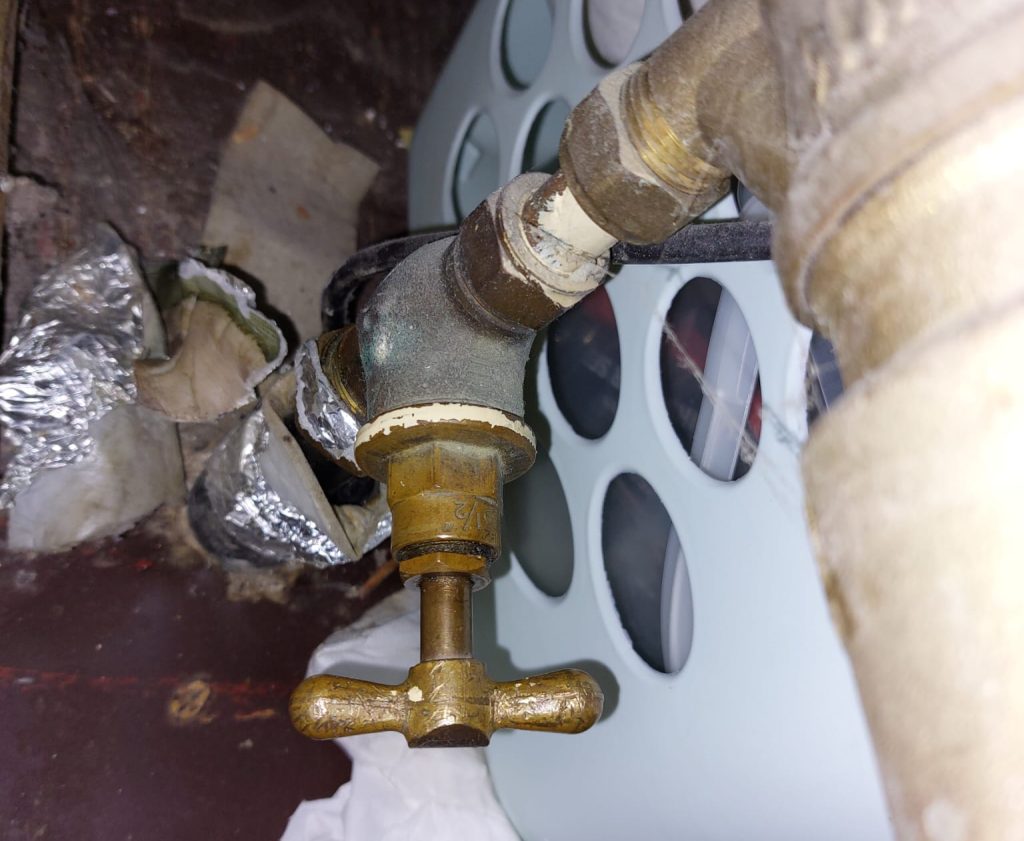
Warm towels and heating pads are excellent for smaller sections of frozen pipes.
- How to Use Them Effectively
- Soak towels in hot water and wrap them around the pipe.
- Alternatively, use an electric heating pad set to a low or medium setting.
- Safety Considerations
- Ensure the towels are not dripping wet to prevent electrical hazards.
- Avoid using heating pads near water.
Warm Water Soak
In some cases, a warm water soak may be appropriate.
- Suitable Scenarios
- This method is best for pipes in basins or sinks where water can be contained.
- How to Do It Safely
- Fill the basin with warm (not boiling) water.
- Submerge the frozen section of the pipe until the ice melts.
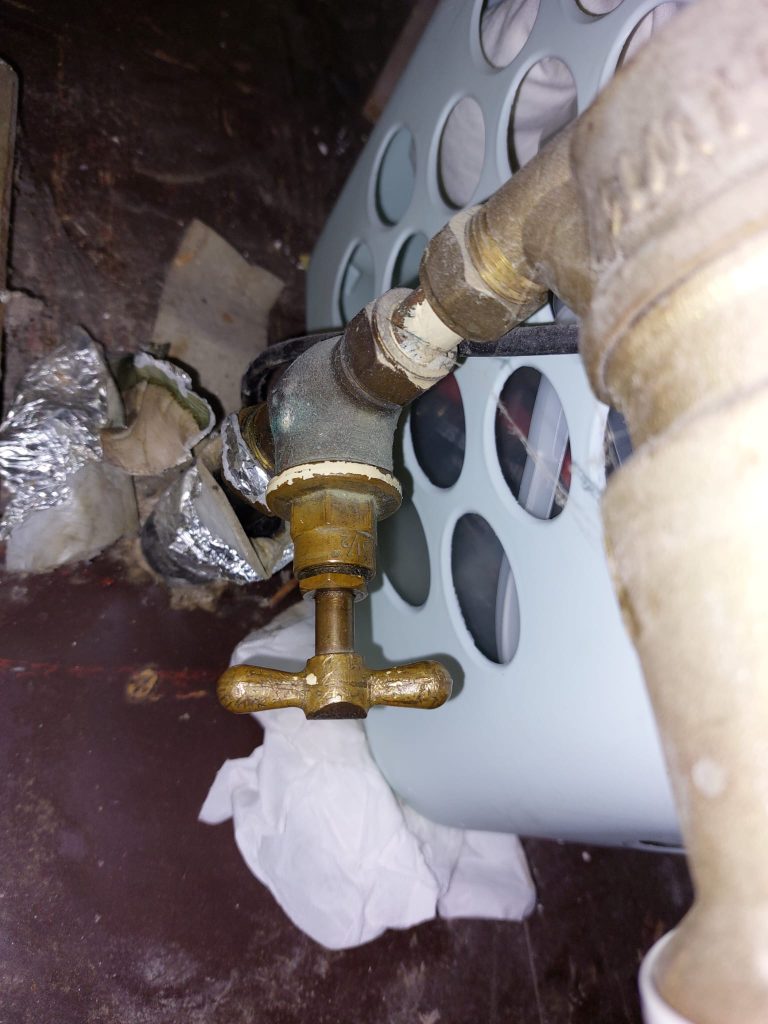
Hot Water
Using hot water can also effectively thaw frozen pipes. Wrap the affected pipe with a cloth soaked in hot water or use a hot water bottle. Alternatively, you can pour hot water directly over the frozen section. Be cautious not to use boiling water, as it may damage the pipes.
Electrical Pipe Thawing
For more severe cases, consider using an electrical pipe thawing machine, available for rent at most hardware stores. These devices deliver a controlled amount of heat to thaw the pipes safely.
A portable space heater can help thaw pipes in larger areas.
- Placement and Usage Tips
- Place the heater in a safe location, away from flammable materials.
- Direct the heat towards the frozen pipe, ensuring it’s evenly distributed.
- Ensuring Safety
- Monitor the heater at all times and keep it on a stable surface.
- Follow all safety guidelines provided by the manufacturer.
Using a Hair Dryer for Pipe Thawing
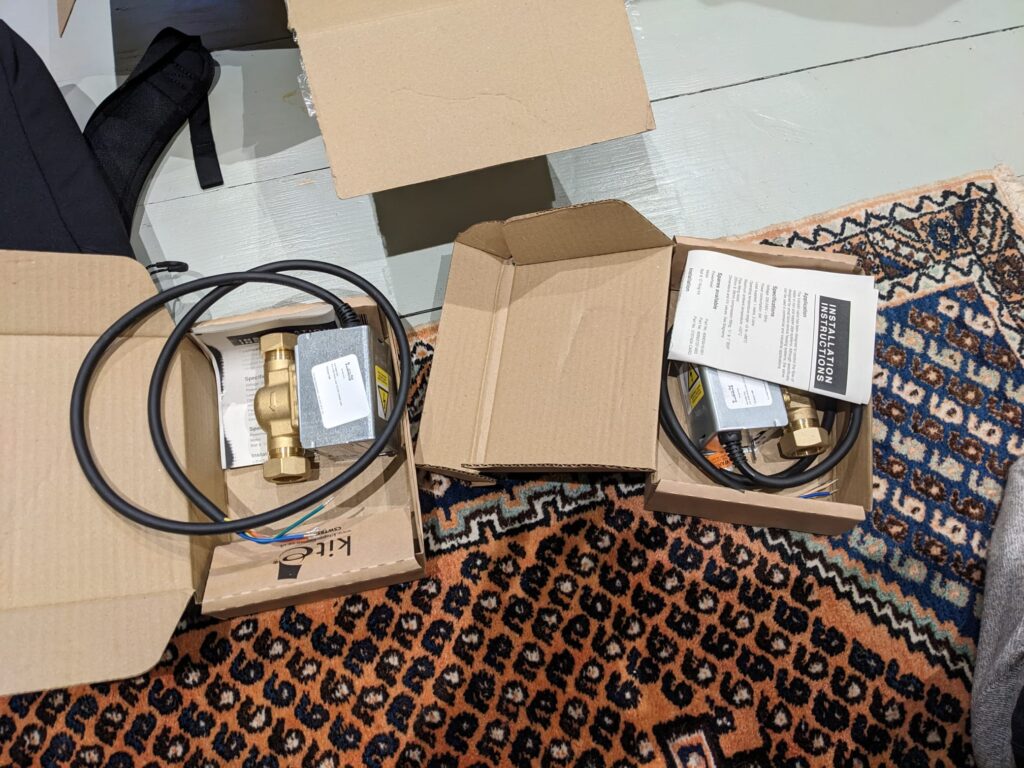
A hair dryer is one of the safest and most effective tools for thawing frozen pipes. Here’s how to do it:
- Step-by-Step Guide
- Start by turning on the hair dryer to a low setting.
- Hold it a few inches away from the pipe and move it back and forth.
- Gradually increase the heat setting as the ice begins to melt.
- Safety Tips
- Keep the hair dryer away from water to avoid electrical shock.
- Never leave the hair dryer unattended while in use.
Applying Heat Tape

Heat tape is a convenient and efficient way to thaw and prevent frozen pipes.
- Installation Process
- Wrap the heat tape around the frozen section of the pipe.
- Plug in the tape and follow the manufacturer’s instructions for operation.
- Benefits and Precautions
- Heat tape provides consistent heat to the pipe, reducing the risk of freezing.
- Ensure the tape is designed for use on pipes and is installed correctly to prevent fire hazards.
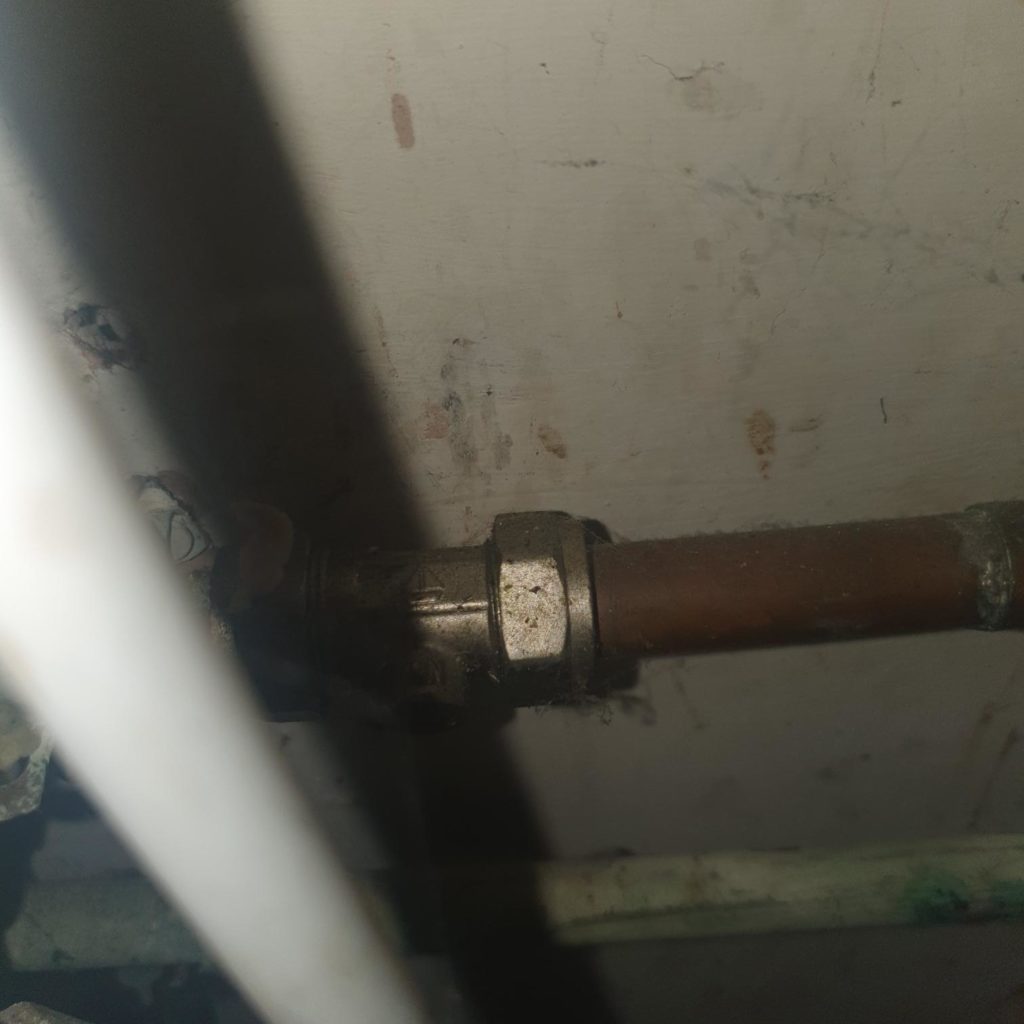
Methods to Avoid
Open Flames
Using open flames, such as blowtorches, to thaw pipes is extremely dangerous and should be avoided. This method can easily cause fires or damage to the pipes.
Electrical Devices in Wet Conditions
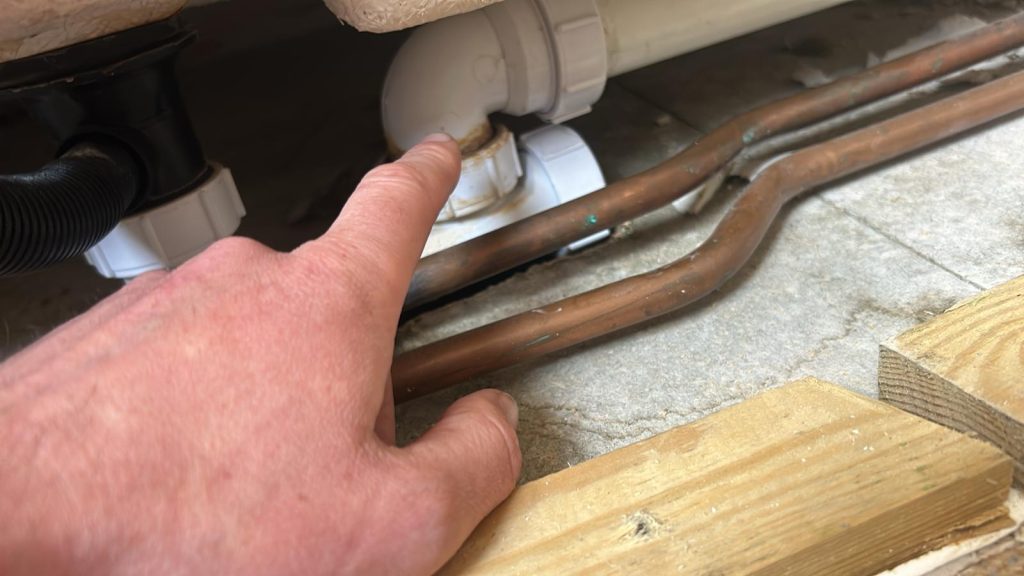
Avoid using any electrical devices near water or in damp conditions to prevent electrical shocks and fire hazards.
Improper Use of Heat Guns
While heat guns can be effective, they must be used with caution. Incorrect use can cause pipes to burst or create a fire hazard. It’s best to avoid them unless you have experience and the necessary safety equipment.
Preventing Frozen Pipes
Insulation
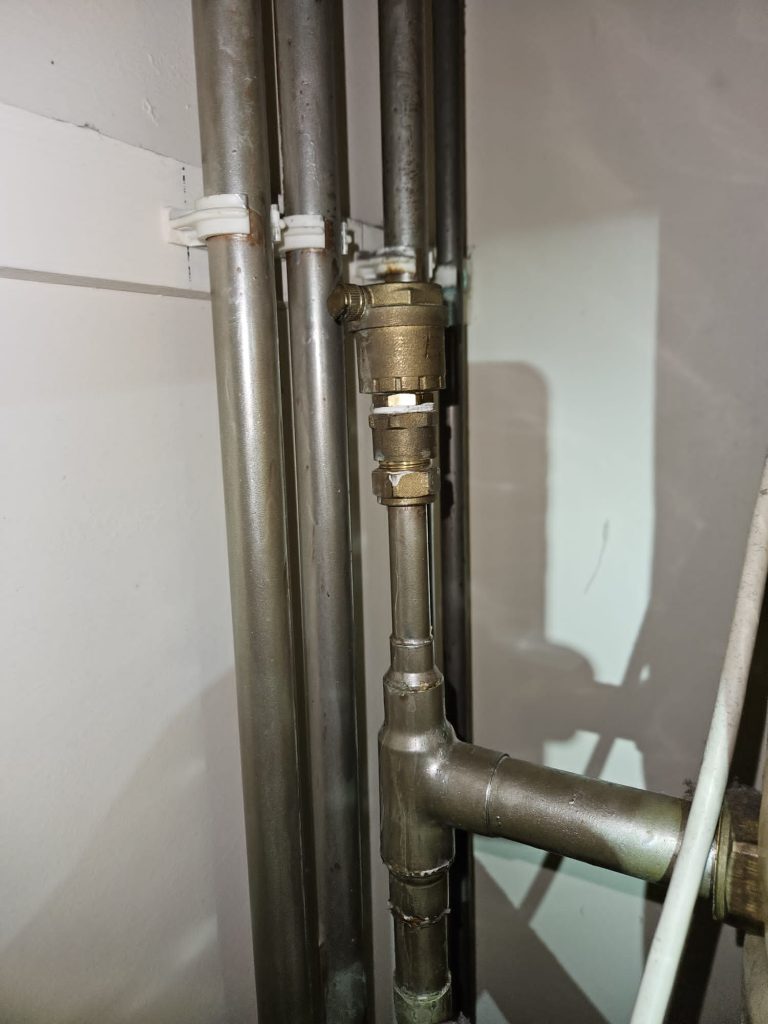
Prevention is often the best solution. Insulating your pipes, especially in vulnerable areas like attics and crawlspaces, can help keep them from freezing. Use pipe insulation or heating tape to provide a protective barrier.
Proper insulation is key to preventing pipes from freezing. Use foam pipe insulation, especially in unheated areas, to keep pipes warm during cold weather.
Letting Taps Drip
During extremely cold nights, leaving your taps dripping can prevent pipes from freezing. The continuous flow of water reduces the risk of ice formation within the pipes.
Allowing taps to drip slightly during freezing weather can help prevent pipes from freezing. The moving water helps reduce pressure and prevent ice blockages.
Seal Cracks and Gaps
Inspect your home for any cracks or gaps that allow cold air to seep in. Seal these openings to maintain a warmer environment for your plumbing.
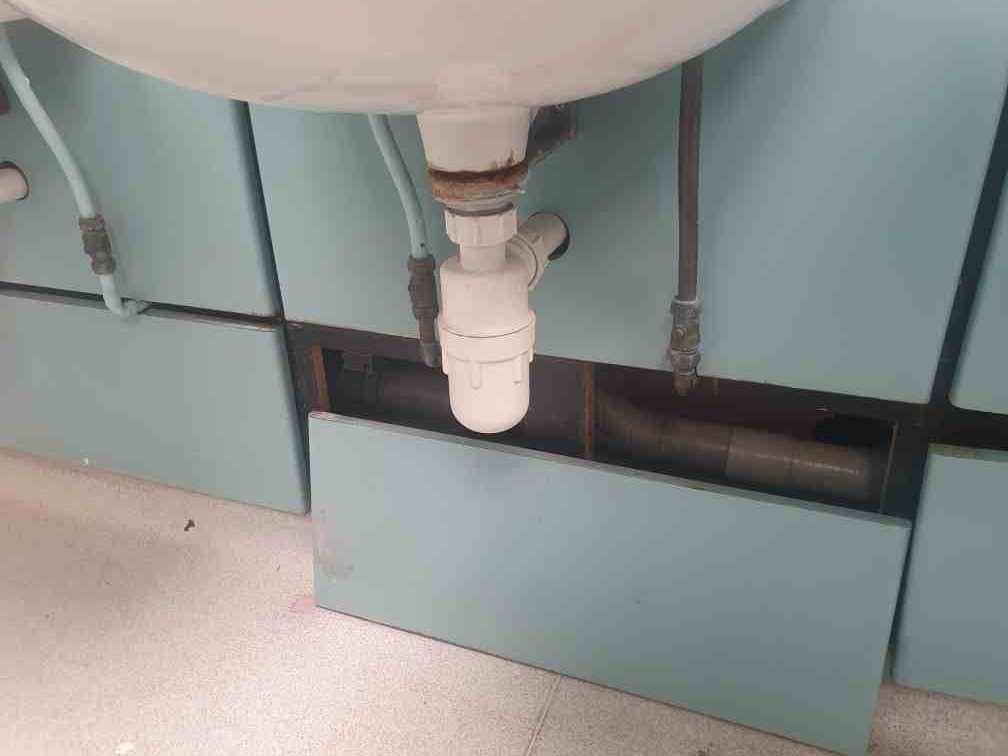
Seal any gaps or cracks around windows, doors, and walls near pipes to keep cold air out and warm air in. This simple step can significantly reduce the risk of frozen pipes.
Check out our article about macerator repairs.
Maintaining a Consistent Temperature
Keep your home at a consistent temperature, especially during extreme cold snaps. Even when you’re away, set the thermostat to a minimum of 12-15°C to prevent freezing.
Dealing with frozen pipes requires a proactive approach. Understanding the science behind freezing, identifying frozen pipes, and utilizing safe thawing methods are crucial steps in preventing disasters. Moreover, taking preventive measures like insulation, letting taps drip, and sealing cracks can save you from the headache and expense of dealing with frozen pipes.
What to Do if a Pipe Bursts
Immediate Actions
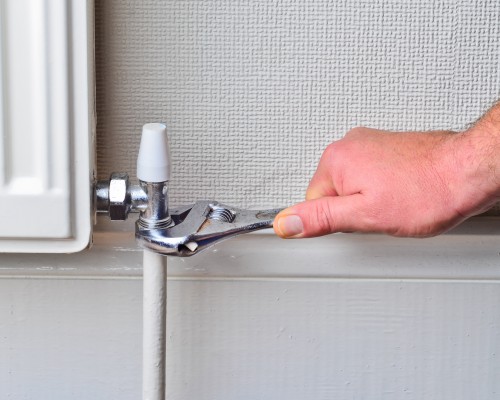
If a pipe bursts, immediately turn off the main water supply to prevent further water damage. Open all faucets to drain the remaining water from the pipes.
Contacting a Professional
Call a licensed plumber to repair the burst pipe and assess any additional damage. Professional help ensures the problem is fixed correctly and safely.
Minimising Water Damage
Use towels, buckets, and mops to clean up any water. If the damage is extensive, consider contacting a water damage restoration service to prevent mould and structural damage.
Protect your pipes by Thawing Frozen Pipes
Thawing frozen pipes safely is essential to prevent costly repairs and potential hazards. Using methods like hair dryers, heat tape, and portable space heaters can effectively and safely thaw pipes. Remember to avoid dangerous methods such as open flames and improper use of electrical devices. By taking preventative measures, you can protect your pipes from freezing in the future and ensure your home stays safe and warm during the winter months.
FAQs about Thawing Frozen Pipes
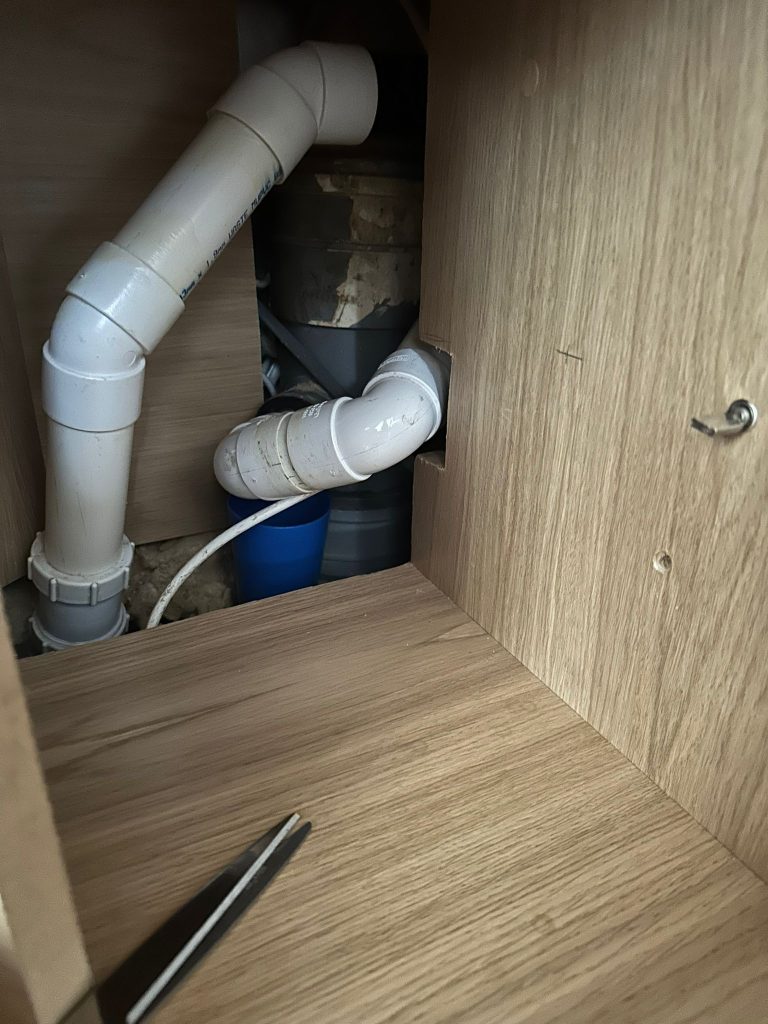
Are there any DIY insulation methods for pipes?
Yes, you can use materials like foam pipe insulation or heat tape for DIY pipe insulation. However, professional installation may provide better results.
Can frozen pipes burst even after thawing?
Yes, they can. The damage caused by freezing might weaken the pipe, leading to bursts later on. It’s essential to monitor your plumbing after thawing.
What’s the cost of repairing burst pipes?
Repair costs vary depending on the extent of the damage. Minor leaks may cost a few hundred dollars, while extensive damage can run into thousands. It’s best to address frozen pipes promptly to avoid costly repairs.
Can I use a hairdryer to thaw pipes?

Yes, a hairdryer is a safe and effective tool for thawing frozen pipes. Just remember to keep it away from water and never leave it unattended.
What should I do if my pipes freeze frequently?
If your pipes freeze frequently, consider improving insulation, sealing gaps, and maintaining a consistent home temperature. These steps can help prevent freezing.
How long does it take to thaw a frozen pipe?
The time it takes to thaw a frozen pipe can vary depending on the method used and the severity of the freeze. It can take anywhere from 30 minutes to several hours.
Is it safe to use a blowtorch on frozen pipes?
No, using a blowtorch is dangerous and can cause fires or damage to the pipes. It’s best to use safer methods like hair dryers or heat tape.
What are the signs that a pipe has burst?
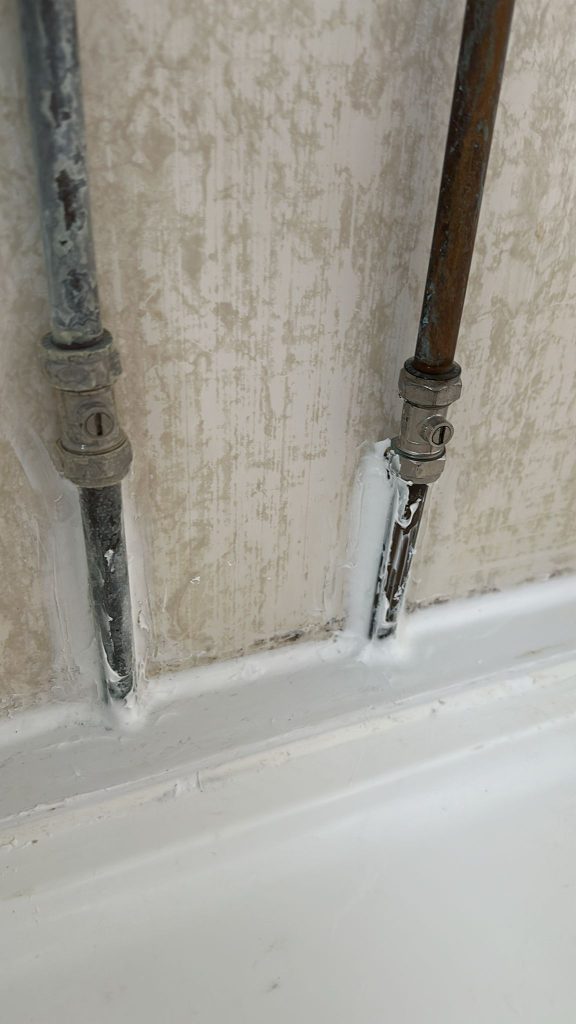
Signs of a burst pipe include water leaks, decreased water pressure, and unusual sounds like hissing or bubbling from the pipes. If you notice any of these signs, turn off the water supply and contact a plumber immediately.
We’ve covered the science behind frozen pipes, safe thawing methods, and preventive measures. Remember that taking precautions and acting promptly can save you from the headaches and expenses associated with frozen pipes.
